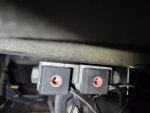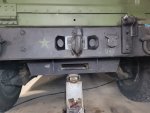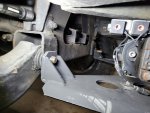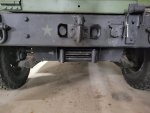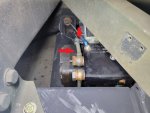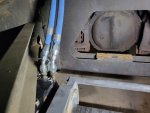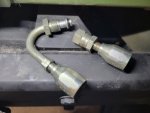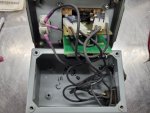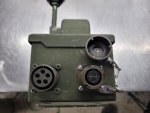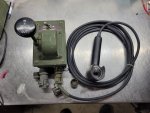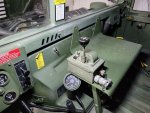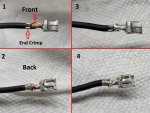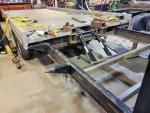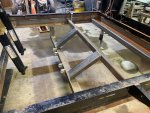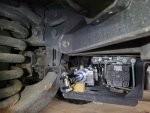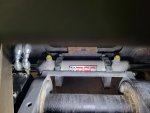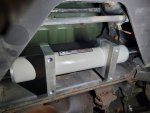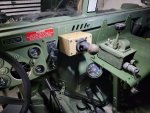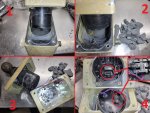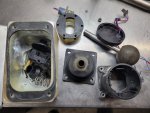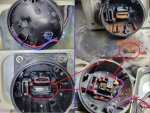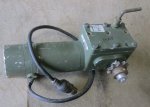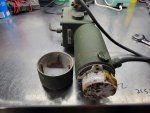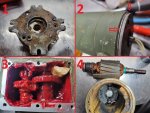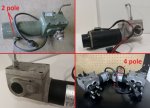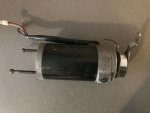I dug into the controller I bought on epay for $35 from Beltfed. It was advertised as "inop" and I had planned on needing to fix or modify it for my application so it was the right price for me. In working condition they seem to go for a lot. If you are in need of one of these I would recommend risking buying one that is inop and fixing it.
To take it apart I removed the obvious screws but it would not simply come apart. I then used a big fine tuning tool (dead blow hammer) and beat it solidly on the sides until it separated a little and I could get a screwdriver in to pry it apart. What I found (Picture 1) was a rubber sealed unit. When it was assembled a liquid rubber compound was poured in and hardened after assembly. The wires were very short and cast into the rubber. If this was going to be repaired I would start at the where the wire goes into the rubber and carefully dig a little out for some extra slack in the wire. More on the repair later.
After it was apart I dug all the rubber out (picture 2 and 3) using needle nose pliers and being careful around the wires.
After all the rubber was out I removed the cover from the back of the joystick and found the small circuit board dislodged from its mounting. It was just dangling inside the cover (picture 4, bottom circle). I pressed the board back into its holder (picture 4, top circle) and placed the little wire holder back as well (picture 4, Red Square). It would have been fixed at this point and it could have been reassembled and used. If the intention was to fix this, none or very little rubber would have had to be removed and in the end it was a simple fix.
View attachment 858145
I considered trying to use the existing electronics for my application but ultimately decided against it and here is why.
I have never used or even seen a turret or turret control in person but I will make some assumption and hopefully someone that has can tell me if I am right or not. The little circuit boards primary component is a Hall Effect Sensor (magnetic sensor). I did a quick search but couldn't find specific information about this exact sensor but I did find what I believe is basically the same thing and found the datasheet for it. This little 4 pin sensor (picture 4, bottom circle above) is a Programmable Linear Hall Effect sensor so I believe the turret movement is based on how much you push the joystick left or right. It is not simply an On/Off stick that moves it left or right but also varies the speed at which it moves the turret. Push it a little and it moves slow, push it all the way and it moves faster.
For me, it simply needs to activate a solenoid valve for left or right turning. It would be possible to utilize the setup "as is" and control a servo motor attached to a hydraulic orbital valve and build a proportional rear steering system but that is a lot more work than I want to undertake. Instead I have gutted the joystick and I will rebuild it using micro switches to simplify its operation for my needs. I will post more as I do it.
Here is what it looks like now.
View attachment 858153
